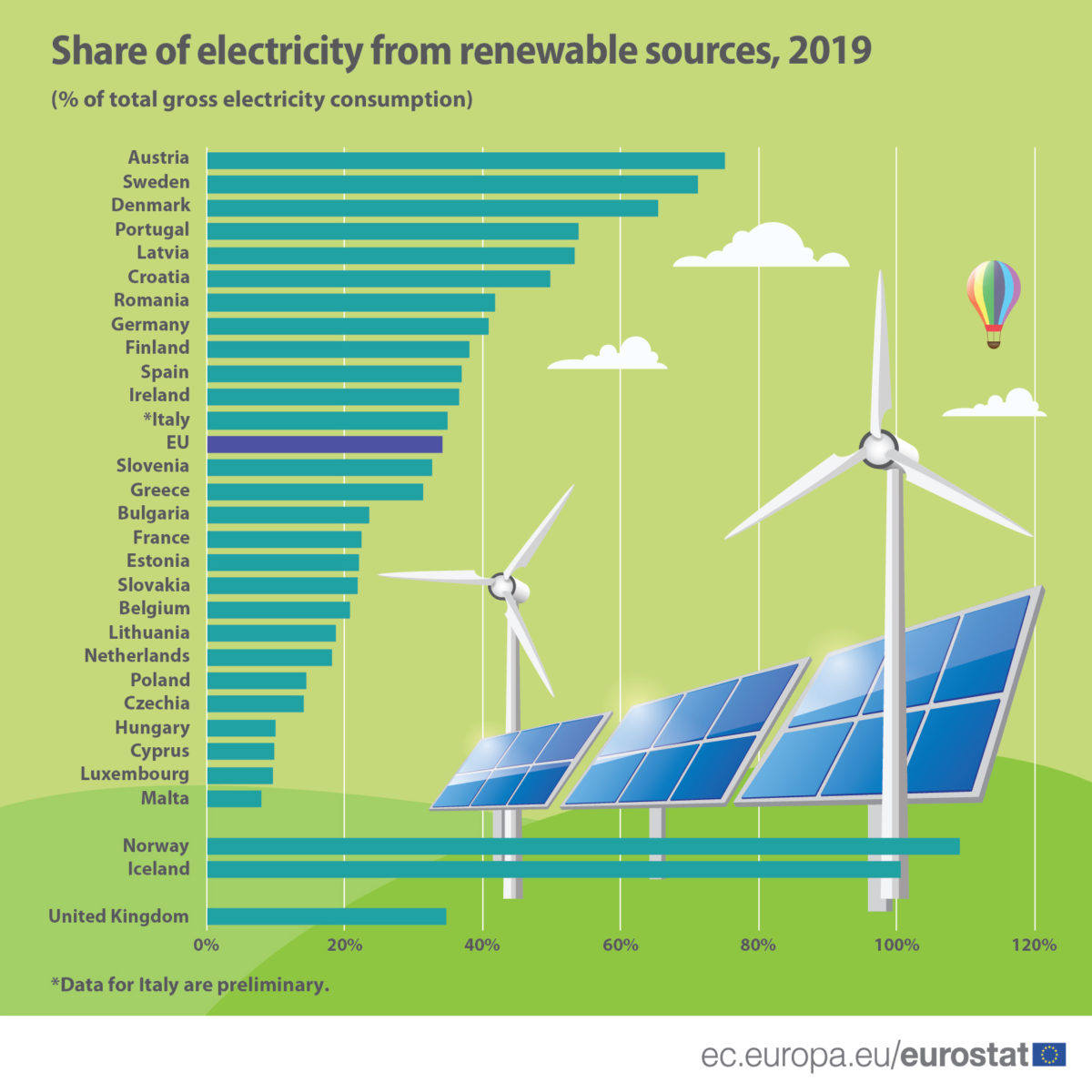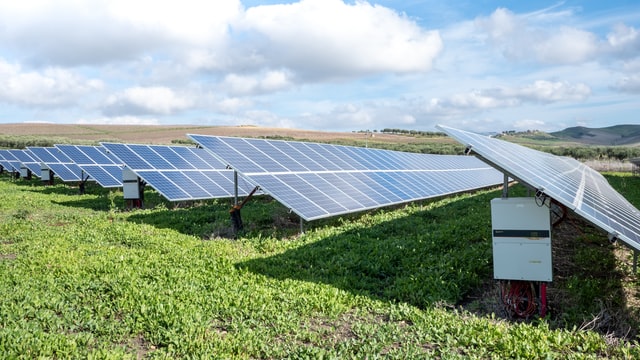In a report released Friday, the European Commission’s statistics arm, Eurostat, revealed that Malta placed last in rankings recording the proportion energy used from renewable sources in 2019, as was the case in 2018.
According to the report, only eight per cent of Malta’s electricity comes from renewable sources. This comes despite a Government scheme providing grants for solar panel usage. This is significantly below Malta’s 2020 target for its usage of renewable energy, which is also the EU’s lowest, at ten per cent

A rise of two per cent in one year seems unlikely when considering that, in the two years following 2015, renewable energy usage rose 1.1 per cent a year and in 2017, it rose 0.7 per cent. Worse still, in 2018, according to the statistics released by Eurostat, it did not rise at all, staying at eight per cent.
In the EU, the majority of renewable energy is hydro, or wind-powered. Only 13 per cent of renewable energy in the EU came from solar power in 2019.
Austria was the EU country with the highest share of electricity from renewable sources, with 75 per cent renewable energy used.
This comes as the EU rejected a Maltese request to fund a “hydrogen-ready” gas-pipeline, which would eventually allow Malta to reduce its reliance on Light Natural Gas. Energy Minister, Miriam Dalli maintained this week that alternative funding sources would be pursued to allow Malta to reach its target of becoming carbon-neutral by 2050.
New €15 million scheme to support small businesses and self-employed seeking industrial space
'This scheme addresses three key needs for business success – stability, peace of mind, and reduced bureaucracy'
As global prices spike, the fate of Malta’s olive oil is up in the air
While Malta has limited capacities to produce olive oil, farmers are struggling against climate change and a lack of support
Kebab Factory’s 10% student discount for language school Study Squad
Kebab Factory celebrates Malta’s language school community with a 10% discount for students, educators, and staff across all seven locations






